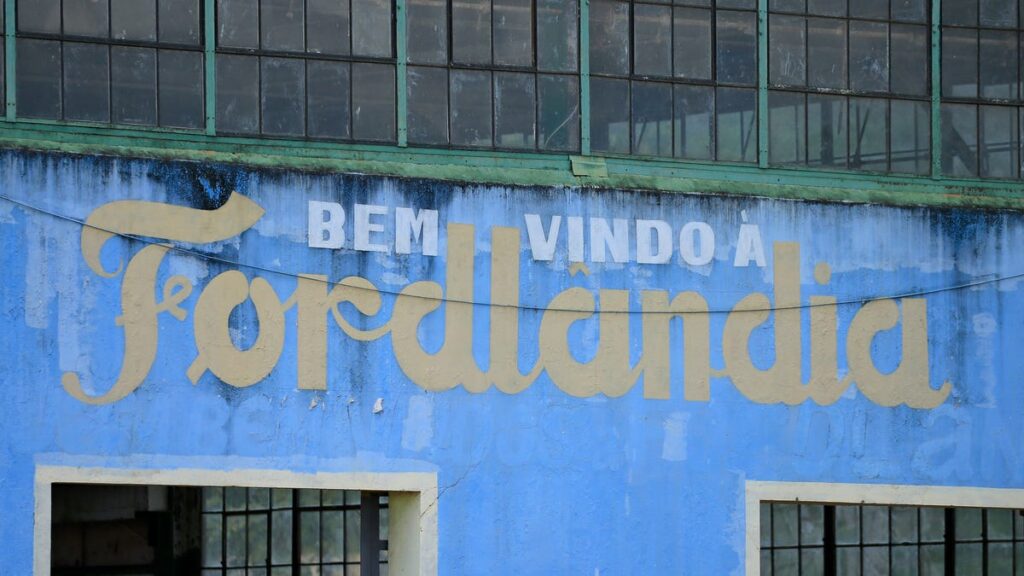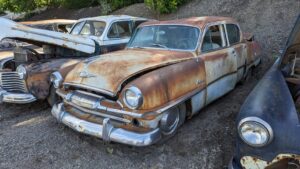Fordlandia: Henry Ford's Company Town Deep in the Amazon Rainforest

About 70 miles down river, the Ford Motor Company founded Belterra in 1931 and restarted the entire process. Fordlandia was downgraded to simply a rubber research facility, though the hospital would continue to provide the best possible care in the area for years to come. The company actually imported rubber trees from southeast asia to Brazil this time as well, hoping the foreign trees might resist the natural predators of fungus and insects a little better than native plants.
Belterra was the more successful of the settlements by far thanks to Ford loosened the American-style restrictions and adopting Brazilian food and customs. Ford did, however, enforce another obsession of his: education. In Belterra, Brazilian and American children were taught side by side. There was a strict dress code (with clothes provided for the children by the company) and a focus on hands-on learning and good citizenship. Children were also taught ballroom dancing, gardening, and skills needed for their futures as either laborers or housewives.
Belterra was also simply in a better spot for a settlement–the landscape was flatter, straighter suburban streets were lined with red fire hydrants and dotted with parks. There were several main street shopping centers and some of the most advanced sanitation and indoor plumbing in the Amazon. All told Belterra looked and felt much more like Dearborn than Fordlandia ever did. The site even produced 750 tons of latex by 1942–far short of the 38,000 tons Ford needed to keep up with production. While Belterra could have reached that mark within a decade, the leaf fungus that decimated Fordlandia’s groves came back with a vengeance.
Fordlandia was downgraded to simply a rubber research facility, though the hospital would continue to provide the best possible care in the area for years to come. Henry Ford II, Henry Ford’s grandson, would pull the company out of both sites in 1945 after the end of WWII sent cheap rubber from the east once again flooding the world market. Belterra was faltering due to fungus and disease again, and the company decided to close up shop for good. The Brazilian government bought the land back at $250,000—a mere pittance of what Ford spent.





